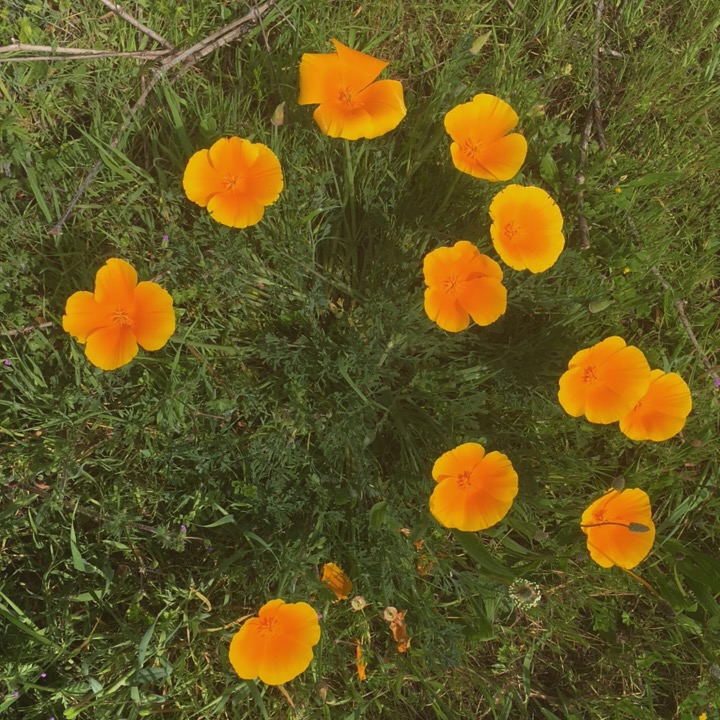FARMERS LOG
By David Plescia of Green Valley Community Farm
At 6:54 PM Saturday evening of September 22, the Earth's midline lined straight up with the sun... and at that moment a loud collective "WAAHOO!" was heard from space coming from the Northern Hemisphere. That was us farmers.
Old Bluey in the morning mist at the beginning of the last full day of summer.
The coming of fall is a special time on a farm for so many reasons. In our Mediterranean climate, the coming of fall is like the breaking of winter and the coming of spring in a place like Maine. Rain is on the horizon and with it, the end of the high summer dormancy of many California flora. Fall also brings with it big field harvests -- the joy and satisfaction of reaping a season's worth of work in the form of food (onions, potatoes, corn, winter squash) that will sustain and nourish us throughout the winter. (The potato harvest is about 2 weeks away, we'll let you know!) fall also signifies farmer rest! The soft Fall light feels like balm on a sun-scorched skin. The long fall shadows play beautifully on the curing corn. The mornings are crisp. The nights are longer. While there are big pushes to be made bringing in these harvests and putting the fields to bed, R&R is near.
Change is afoot in the plant and animal worlds as well. This past week, a mysterious internal switch seems to have been flipped in our summer crops; Tomatoes, cucumbers, summer and winter squash all know what time it is (Equinox time!), and seem content to let themselves wind down and finish setting their final fruits. Take heed! One by one the sweet, tangy, cacophony of flavors and colors of the summer share will be replaced by the rich earthy tones of fall. In the animal kingdom, the baby Turkeys we first glimpsed as tiny fluff balls in June have matured into birds nearly indistinguishable from their parents -- with corresponding appetites. Indeed, Turkey, Deer, and Hare all have developed a voracious appetite for succulent farm fare lately as they forage for sustenance in this, the driest, hungriest season between late summer and the life and greenery giving first rains. We're lucky to have Ingrid the Egret and our Great Horned owl sentinel to keep the gophers in check. And keep your eyes open for Monarch butterflies, those Autumnal travelers, in the garden. They love zinnias!
We're so glad we'll get to share this fall, and the special magic the fall brings, with each of you this year.
See you in the fields,
David and Kayta










